In 1940s, New York City operated at a high pace. Taxi cabs were a constant, necessary feature of the energetic streetscape during this time. They served as a critical transportation link for countless people moving through the large city.
The cabs themselves, seen navigating NYC in the 1940s, were generally large, robust vehicles. With wartime production focused on military needs, new cars for civilians were scarce. This meant most taxis were pre-war designs from companies like Checker, Plymouth, or DeSoto, built in the late 1930s or early 40s. These durable cars were maintained to keep them operational despite their age. Yellow was increasingly the standard taxi color, but it wasn’t unusual to see cabs painted differently.
Wartime presented significant hurdles for taxi operation. Strict rationing limited the amount of gasoline drivers could access. Tires were also in short supply, as rubber was vital for military equipment. Taxi drivers and companies had to carefully manage these limitations. Adding to the difficulty, drivers sometimes faced nighttime blackout conditions, requiring careful navigation in low light. Despite these issues, taxis remained indispensable for transporting workers, servicemen on leave, and city residents around the clock.
The individuals driving these taxis were typically men who knew the city’s layout exceptionally well. As captured in period photographs by William C. Shrout, these drivers often appeared as experienced, no-nonsense figures, frequently identifiable by their caps or hats. They possessed the street smarts needed to handle New York’s traffic and the specific challenges posed by wartime conditions, like fuel scarcity and long working hours.


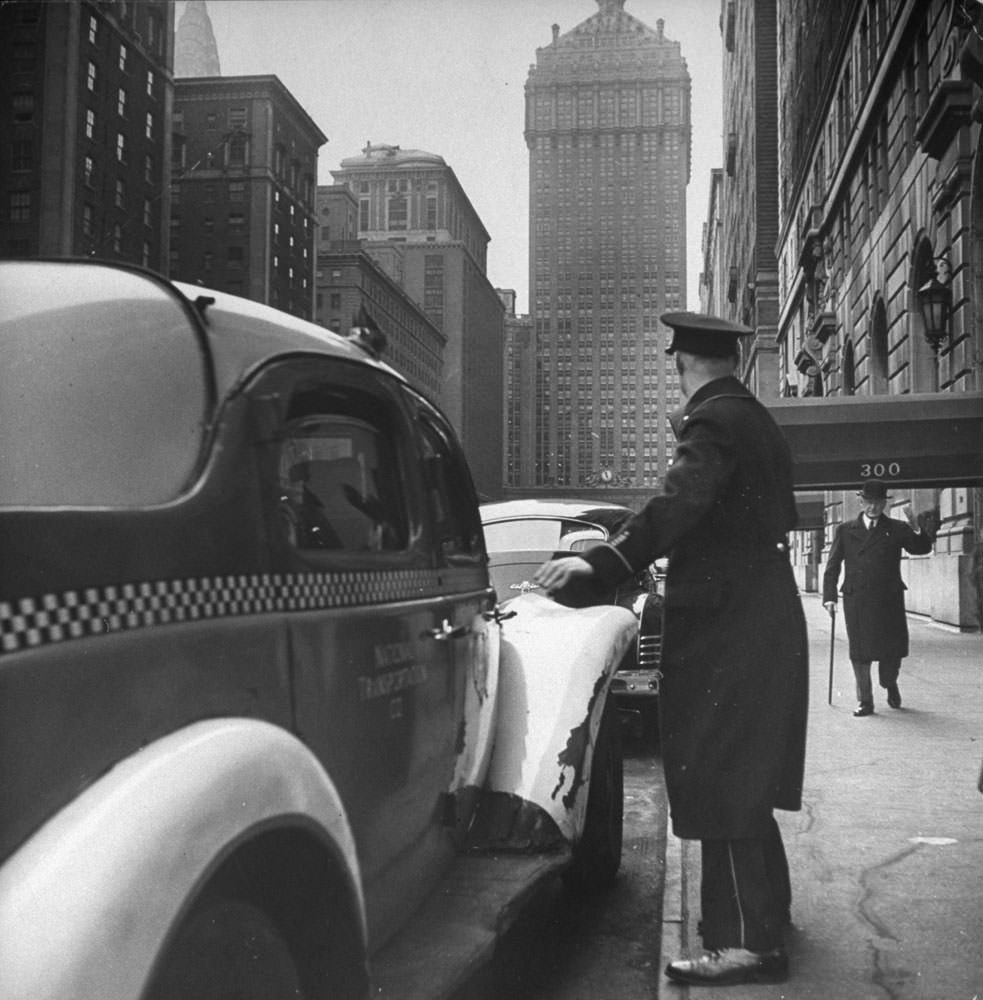
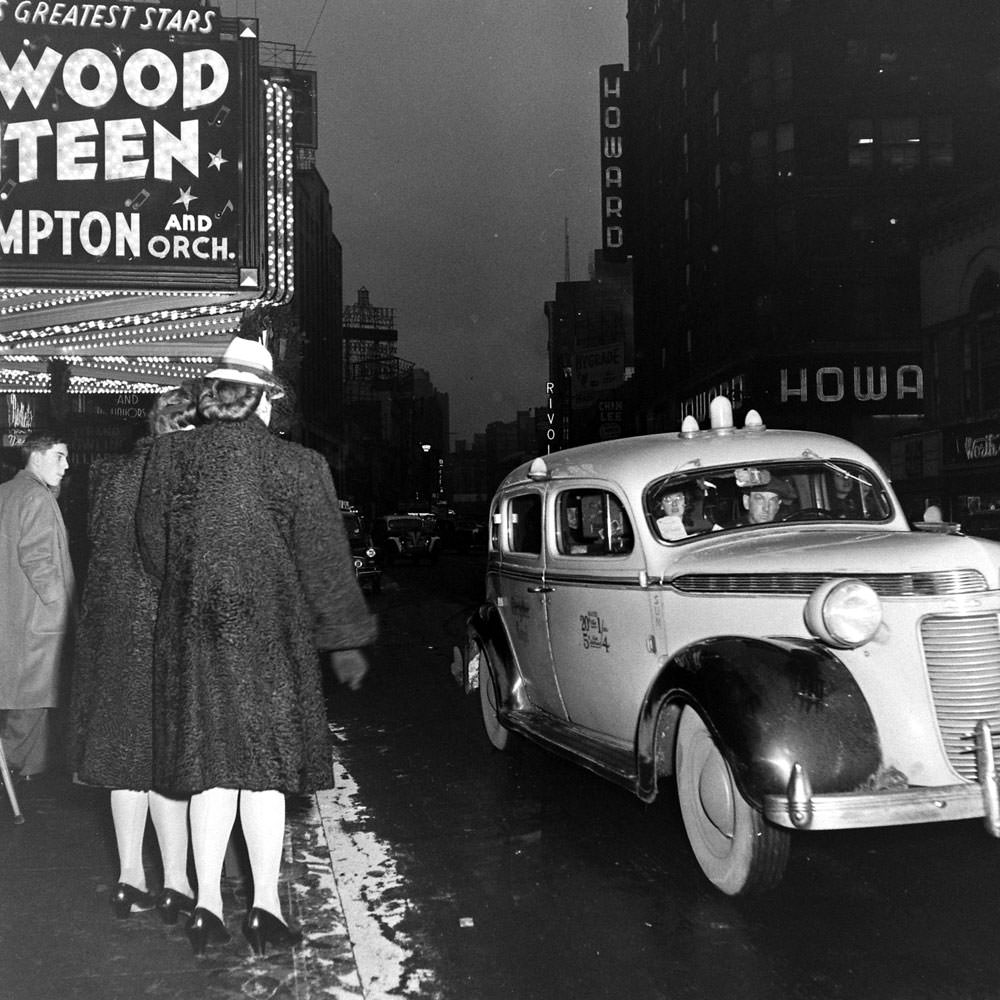
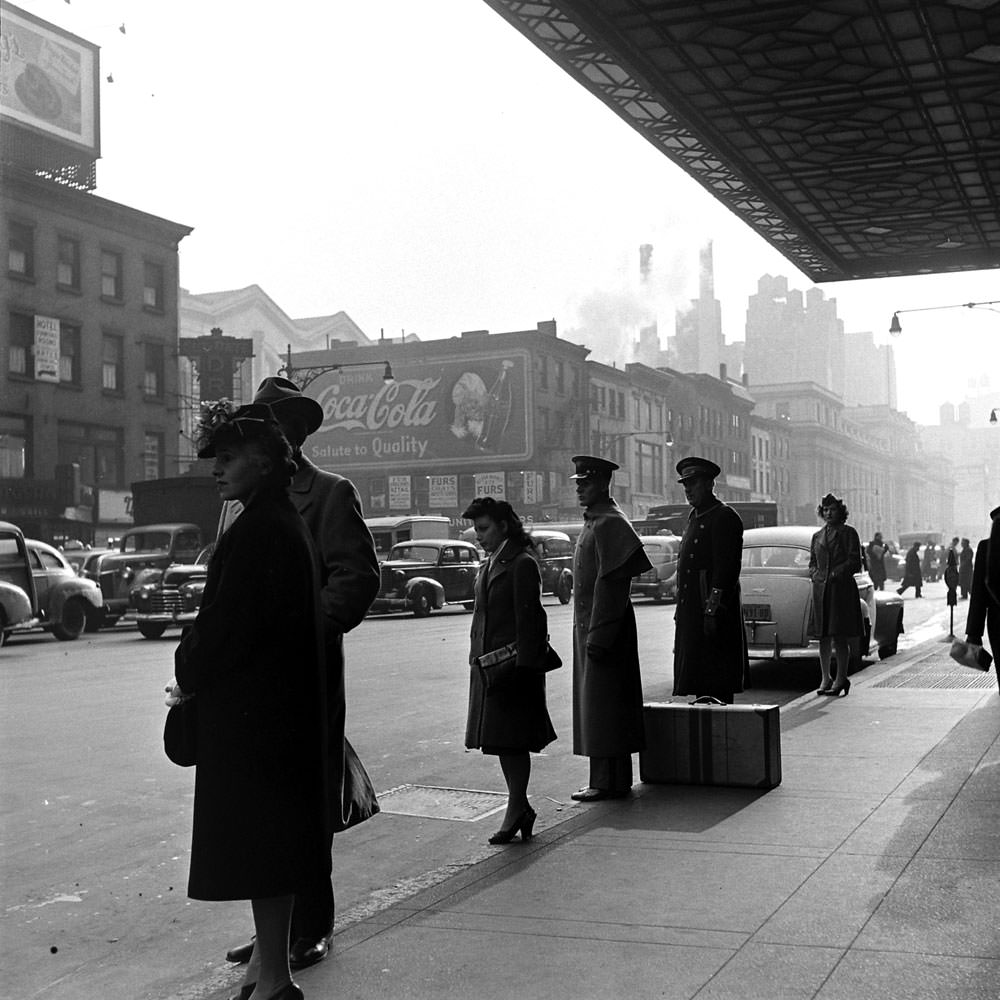
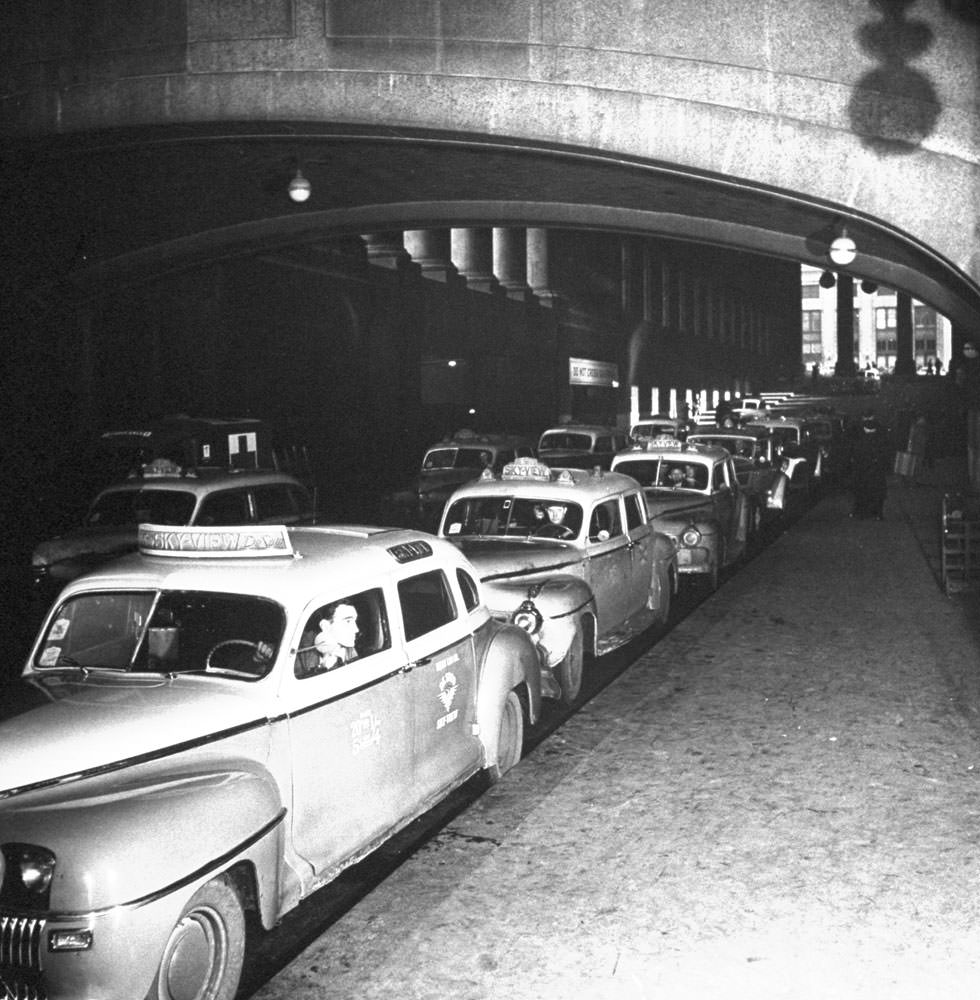

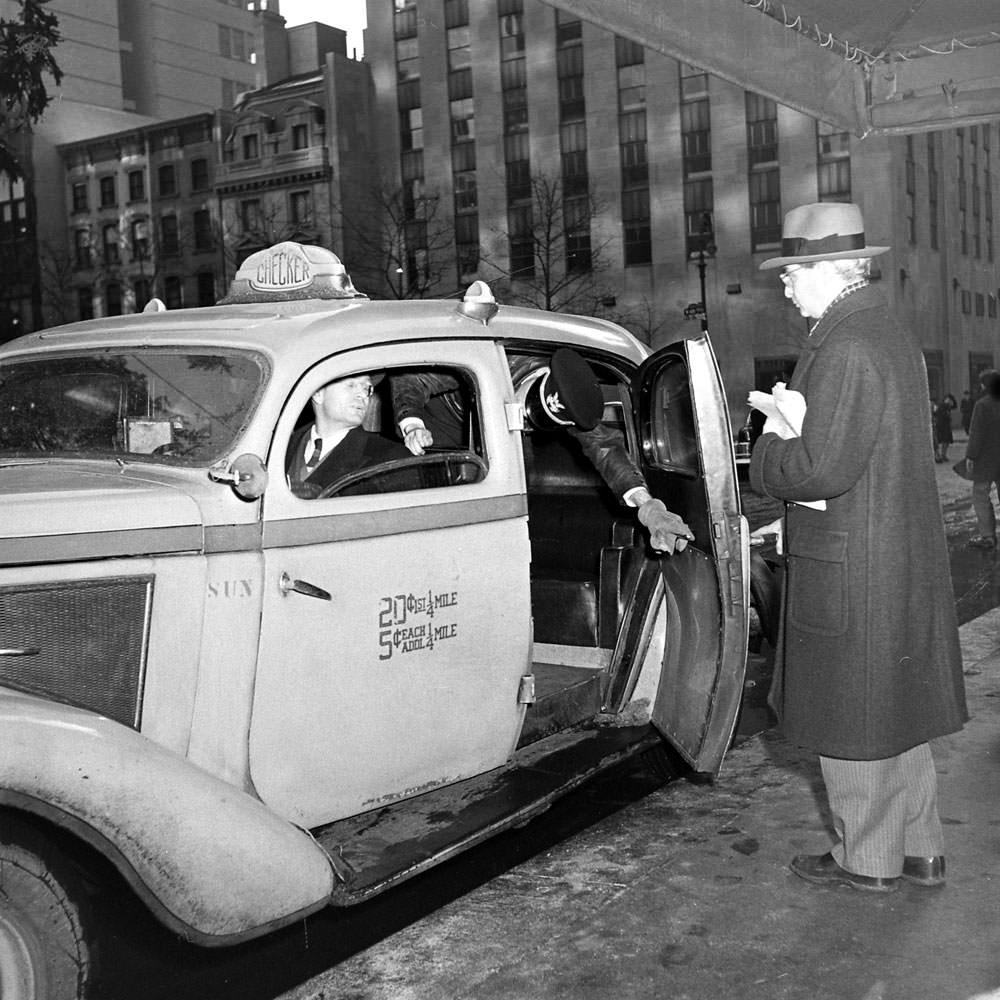
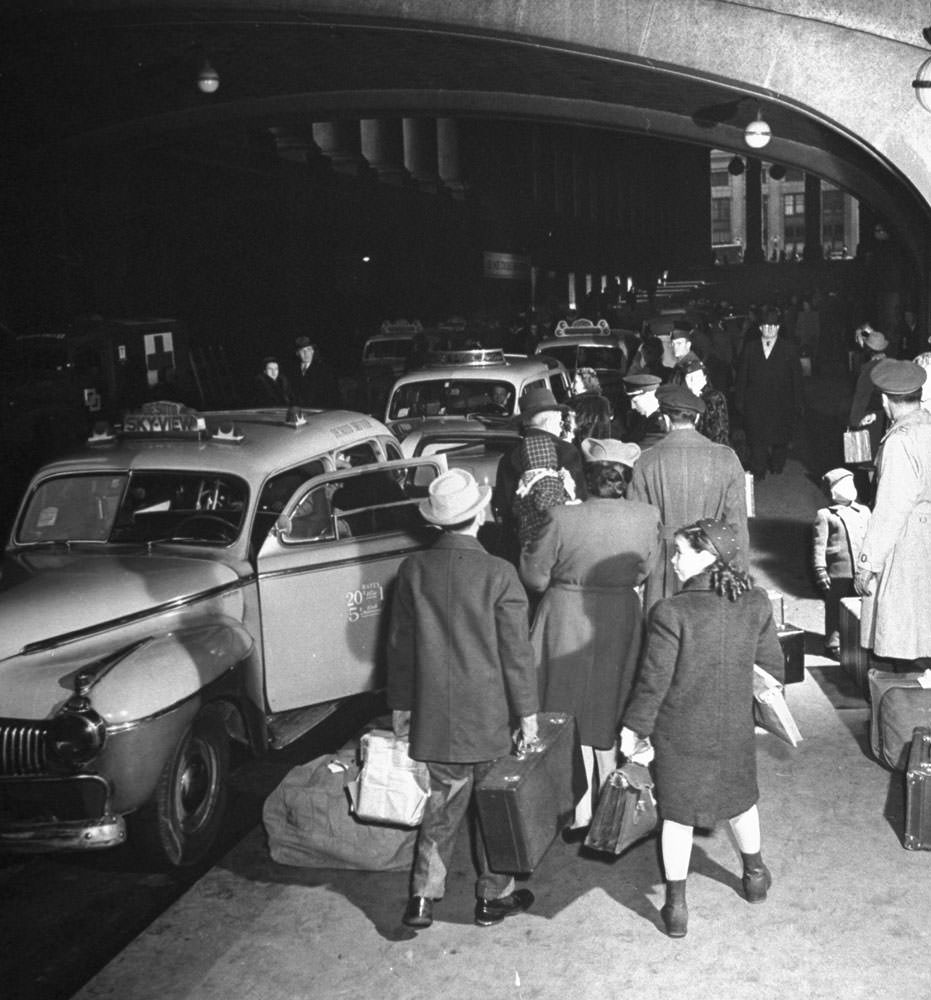

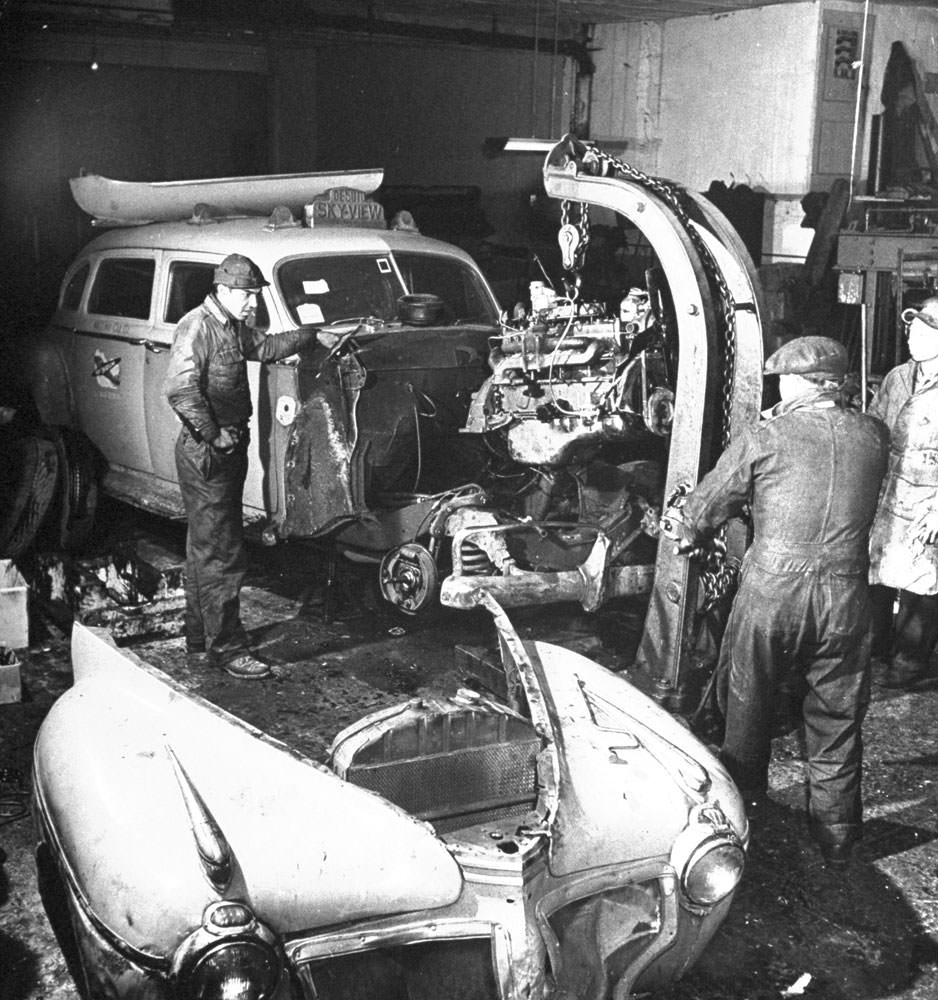
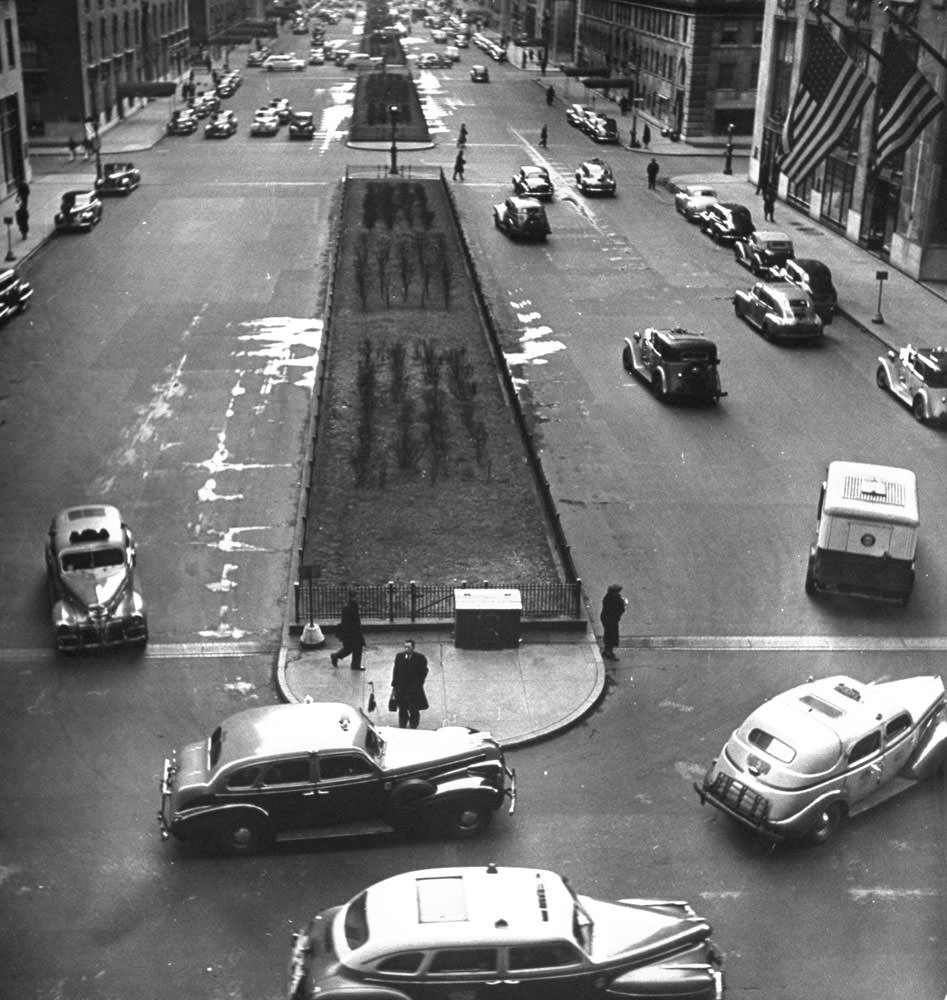
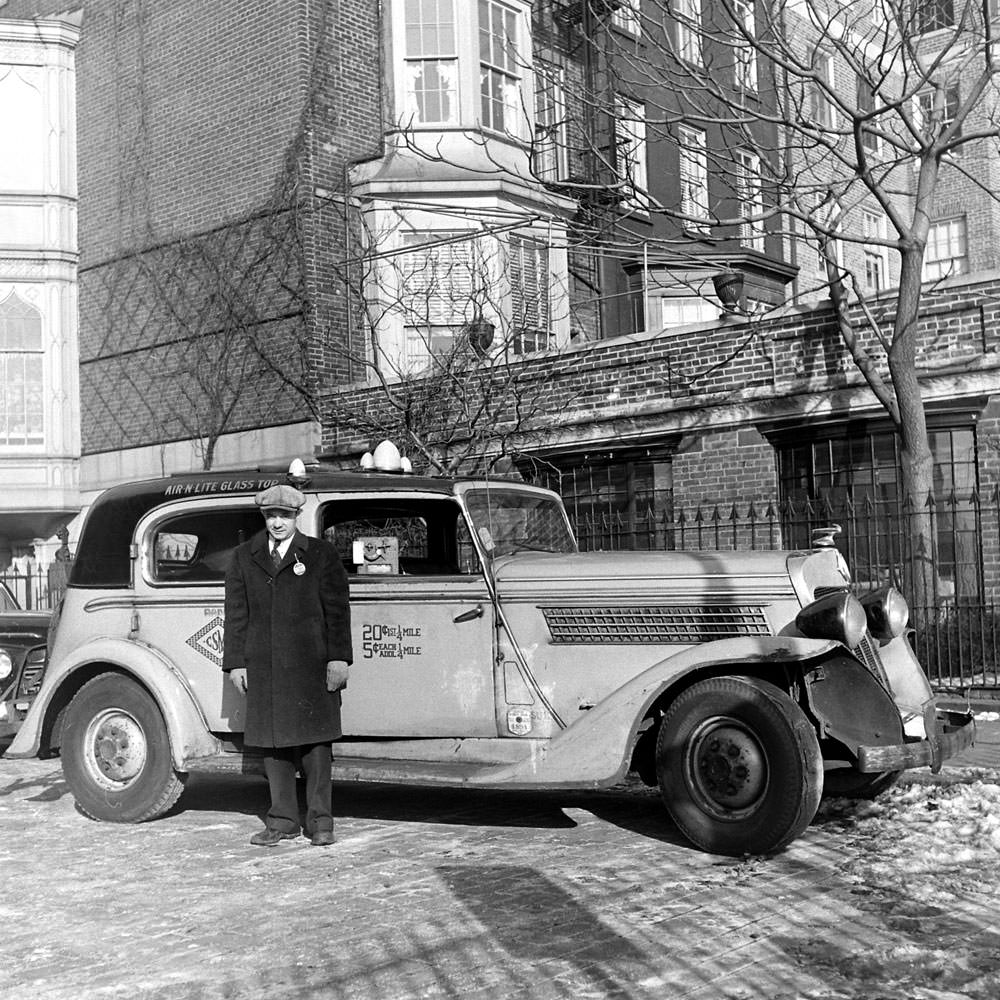
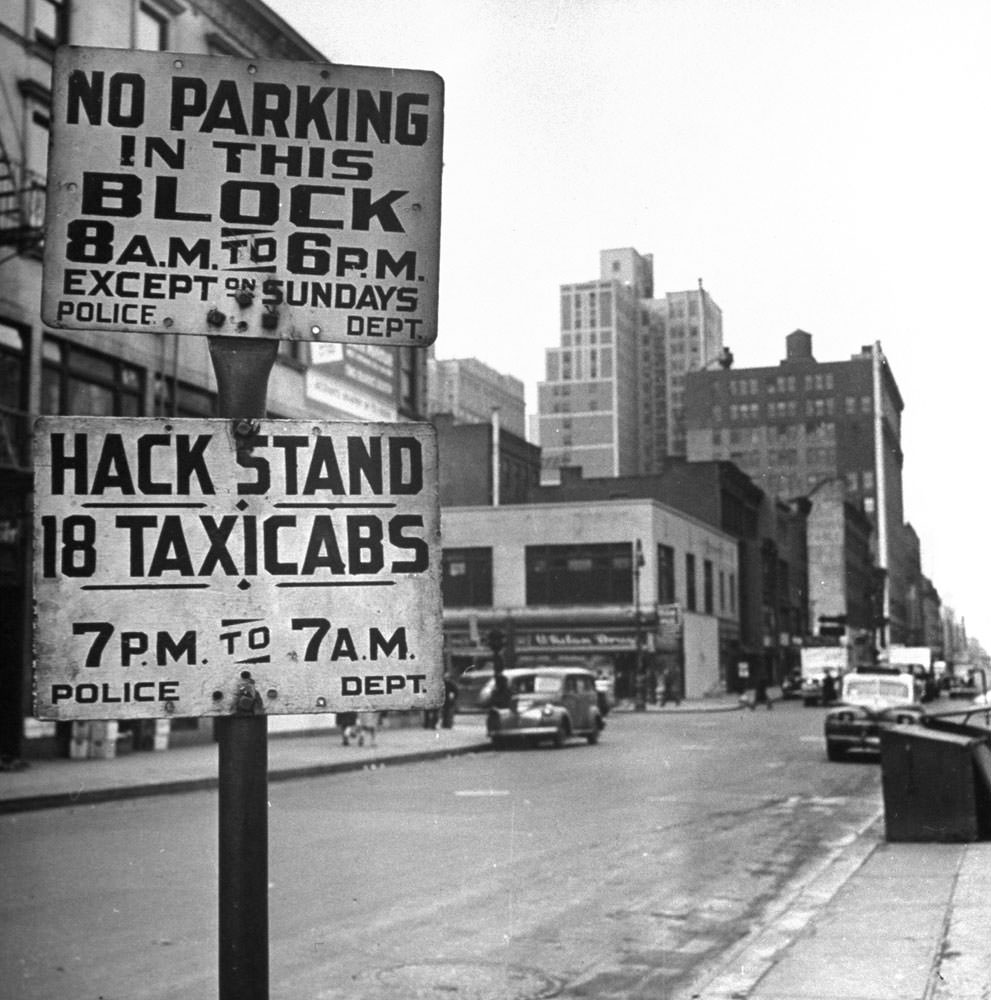

GIPHY App Key not set. Please check settings